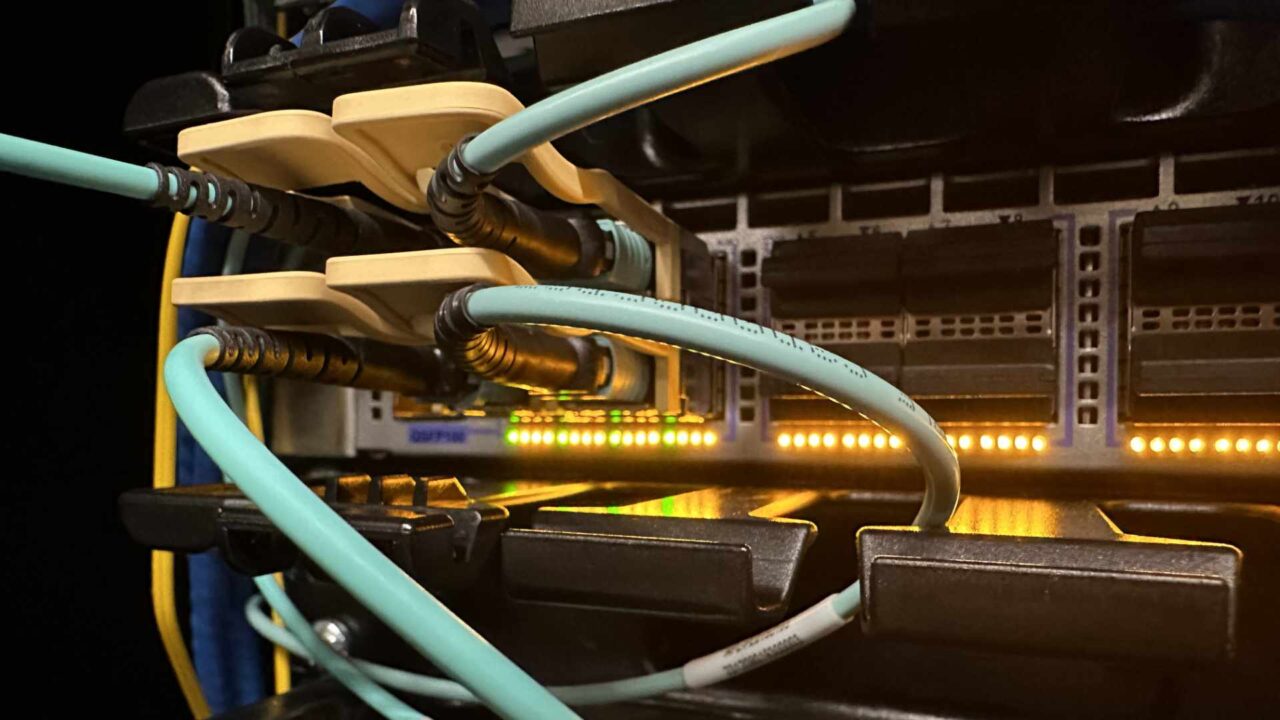Purchasers are surely all too familiar with the following situation: For many of the urgent orders placed recently, the supplier has yet to return an order confirmation. And from some providers, there has once again been no response at all. This, of course, has an entirely detrimental impact on the company’s ability to plan securely, and counteracts the fundamental goal of ensuring the reliable, internal supply of goods, materials and operating resources – all at exactly the right point in time.
The biggest pain points in this regard are often the manual capturing and checking of inbound order confirmations, along with the manual processing of incoming invoices. Following up on missing or faulty order confirmations means a lot of valuable time is lost to purchasing managers. These old school, manual processes involve substantial costs and efforts that can no longer be dealt with adequately or afforded by the procurement team in the face of increasing order volumes.
This poses the question of how this situation and the current communication processes between purchasers and their suppliers can be optimized. A clear case can be made for the automation of the company’s purchasing processes.
Digitalizing, automating and interconnecting procurement processes
There is always an opportunity to optimize processes when using innovative technologies and platforms allows processes to be automated, in other words manual processes can be replaced in a way which saves an appreciable amount of effort. In this way, many of the processes common in purchasing, for instance the ordering process, can be streamlined, accelerated and optimized.
In the recent “IT Trends 2021 Report” issued by Capgemini, a survey involving a wide range of CIOs and decision makers clearly indicated that the areas in which intelligent technologies are earmarked for deployment are assigned similar priority to the previous year, meaning that IT solutions for automating manual tasks still have the very top priority. The demand from companies for solutions which boost efficiency and reduce costs within their processes has remained consistently high.
Beyond this, the interchange of data along a company’s supply chain has increased tremendously. It stands to reason that closely-knit supply chains provide companies with great opportunities, for instance the possibility to share information about the availability of goods or automate the coordination of delivery arrival times. Over the coming years, the need to automate manual tasks in order to boost efficiency is set to gain significantly in importance.
Exploiting new opportunities with suppliers and business partners
Business and strategy management consultants McKinsey also underline the significance of maintaining and developing supplier relationships in the article “Five themes can help procurement shape recovery in the next normal” (01/2021).
It’s crucial for decision-makers responsible for purchasing to invest in supplier relationships and joint innovation projects, to unlock the full range of opportunities made possible by digitalization as well as moving towards new, more efficient operating models.
Businesses in which procurement has taken on advanced functions are well aware that collaborating closely with suppliers offers both parties opportunities to boost turnover and profits. Companies which regularly innovate in their partnerships with suppliers are able to achieve higher growth in their earnings (up to 10 percent). So, it comes as no surprise, then, that 88 percent of the survey’s respondents stated that they have either already started programs to facilitate innovation with their suppliers or are planning to do so. While procurement leaders report that they are mainly focusing their innovation efforts on improving processes, services or products, some collaborations even go so far as to look at innovating business models. Opportunities for vertical integration have also opened up as companies look to tap into previously unexploited sources of value.
Strengthening relationships with suppliers, integrating systems beyond corporate boundaries, and digitalizing the related processes by means of innovative IT solutions are all key cornerstones for the future of purchasing.
Comprehensive solution for connecting all categories of suppliers
A reliable flow of information is essential in procurement, to enable better planning in production and prevent unscheduled down times. Digitalizing the procurement processes by way of EDI is particularly helpful in this regard. Setting up full EDI connections with all suppliers to the company’s own ERP system guarantees that from the order to the order confirmation, the delivery notification and invoice, all the relevant steps in the process can be automated.
It’s essential that the system is able to support suppliers of all priorities and sizes (often categorized as A, B and C suppliers) – even if these suppliers lack their own EDI capabilities or the order volumes do not justify the investment. In other words, a one-size-fits-all approach doesn’t lead to the desired outcome – neither regarding the various supplier categories nor the connection with the respective resource planning systems.
Optimizing the company’s IT infrastructure with cloud-based services
Different systems and suppliers instead need solutions tailored to their specific needs, to allow an automated flow of information and eliminate error-prone manual processes in purchasing. In this way, the data quality in procurement is improved significantly. At the same time, these new processes shouldn’t place a burden on the company’s IT infrastructure, but rather reduce its complexity. Therefore, companies are well advised to opt for an established partner, in the best case offering a cloud-based solution, to support them with e-procurement to really ensure that the manual entry of data during the procurement process, and the resulting media disruption and errors, can be consigned to the past. This is precisely what Retarus Business Integration Platform’s E-Procurement solution offers companies.
Using the Retarus Managed EDI Service, the most important suppliers are connected directly with the company’s ERP system. B and C suppliers, for whom a direct connection is not worth the cost due to low order volumes or with whom communication in the purchasing process is only conducted in a rudimentary or unstructured manner, can be connected with the company’s ERP system using Retarus WebConnect for Suppliers at a flat rate – ensuring that the communication functions smoothly throughout the procurement process.
Interested in finding out more? Please feel free to reach out to your local Retarus representative.



